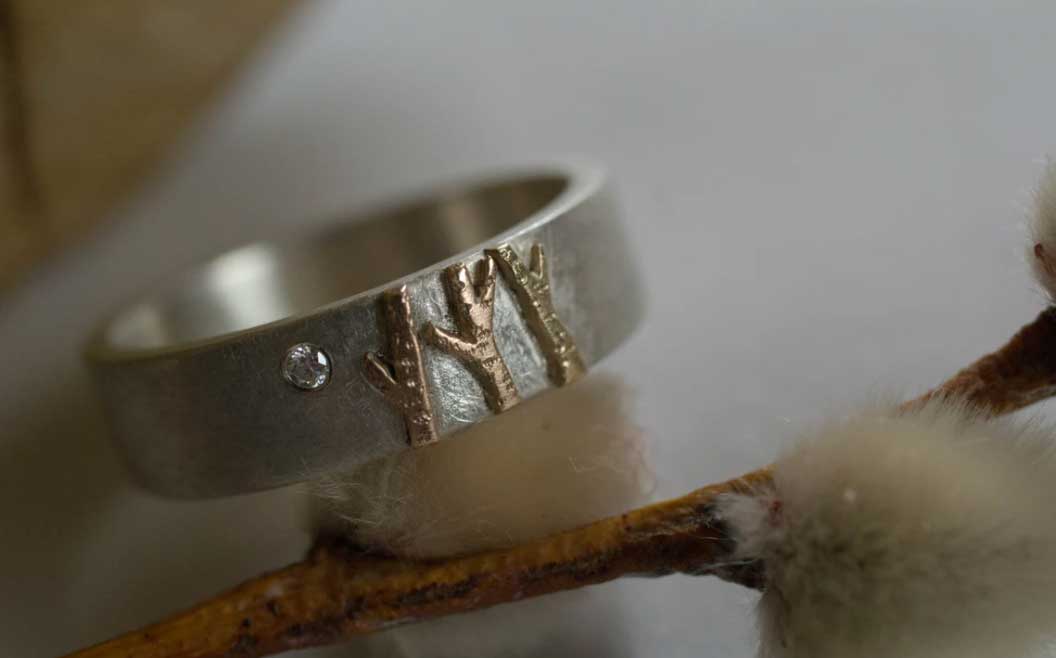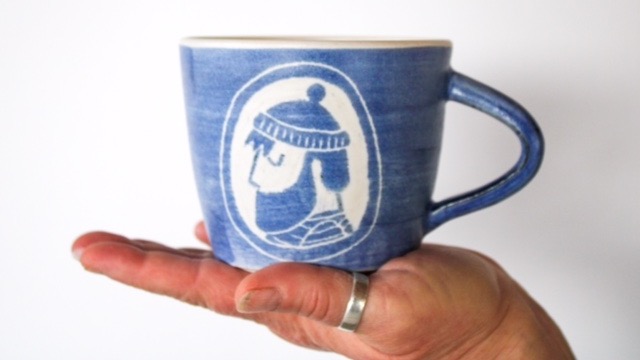How to sell on Etsy: 7 tips for making money from your art
With 81.9 million active Etsy buyers in the market for independently produced work it’s time to join the community.

In an increasingly automated, mass-produced world, Etsy, the global marketplace for unique and creative goods, is thriving. At last count, the indie shopping mecca had around 81.9 million active buyers, all looking for something a little different, from digital art to reworked vintage treasure.
The Etsy platform has been so successful, and continues to grow, as it empowers sellers to make money from what they love and helps buyers find something truly special. It’s essentially a marketplace that’s all about people and that makes it very attractive for creatives looking to sell their work.
The platform works by charging listing fees ($0.20 per item) and taking a percentage from sales (6.5% of the price you display for each listing plus the amount you charge for shipping and gift wrapping). Setting up a shop is simple and fun – the platform guides you through and you can be up and running with as little as a $0.20 outlay – it’s pretty much a no risk affair!
Fancy giving selling on Etsy a whirl? Read on for some top tips from successful makers covering everything from photography to packaging and learn how to sell your art on Etsy…
01. Get the right settings
Setting up an Etsy shop is simple and happily the platform itself will guide you through. A few tips for getting set up: when you configure your accepted payment methods, give potential customers as much choice as you can, to ensure you make the sale.
It’s also important to take the time to understand Etsy’s seller fees too, making sure you know what you’re spending and that you’ve included this when deciding on your product pricing (more on this later).
Use the same currency for your product price and your payment account to avoid conversion fees and when you're updating your profile, remember to remove or swap items that aren’t selling, so you avoid paying renewal listing fees.
Daily design news, reviews, how-tos and more, as picked by the editors.
02. Style well
Product shots should always be nice and clear on a clean background but that doesn’t mean they need to be basic or boring. It’s actually really helpful for potential buyers if you have a range of photos – we’d suggest a flat lay or lifestyle shot as your main seller with subsequent shots showing more detail. Artist Francois Gautier does amazing flat lays for his Etsy shop and says: "I love to put beautiful objects next to my prints/drawings. It extends and sets the universe of the drawing. For example, if a drawing is about love, I'll put some object with heart form, red colours..."
Laura Brown of Elby Brown jewellery agrees: "My pieces are woodland inspired, so photo wise I often style pieces with woodland flora and fauna - lichens, woodland flowers, seeds, twigs.
"Photos tell the story of your brand so your aesthetic should run throughout styled shots as much as possible." Don't be afraid of trying a few things out, though. "It’s good to experiment - sometimes it takes a while to figure out what works best with what you make – that’s okay, remember you can always delete at a later date!"
03. Include lots of detail in your listings
Add as much detail to your Etsy listings as possible, so potential customers know exactly what they’re getting. The Etsy platform makes good-quality detailed listings easy, so just take your time when adding new products.
"I'm selling original drawings, limited prints, and unlimited prints – so it's really important to show what I sell – if the print is limited to 30 prints for example, so the customer knows what they're buying," explains Gautier.
04. Use social media to promote your Etsy store
When it comes to learning how to sell art on Etsy, don’t make the mistake of relying on customers to find you – social media is an amazing tool for getting people to your products. Just don’t forget to link back to Etsy. Laura Brown promotes her Etsy page on Instagram, and gives the good advice of posting regularly, every day if you can. “Don’t be afraid to try and work out a budget to advertise – most makers do at one point or another, especially as if you are in a saturated market," she says.
Talking about what to post on social media, Laura says: "It’s so lovely to watch pieces in process – I think people like to see how things are made especially handmade. It shows all the love and time you’ve invested."
Her final tip on social media is don’t be afraid to show your face: "You as the maker are an important part of your brand! People will want to know about you and it’s nice to see the face behind the makes," she says.
05. Price it right
If you’re new to selling your art, this can be a particularly tricky area. Designer Maker, Laura Lane, whose ceramics explore Cornish folklore, advises to try to have a range of prices at certain price points, which will obviously vary depending on what you make. "Essentially this will be a lower price point, medium price point – which is probably your bread-and-butter item – so for me, that’s mugs, and then higher price points for desirable items. I make clocks – I don’t tend to sell lots but if people have a collection of your pieces it might be something on a wish list for a big birthday perhaps, or anniversary gift."
When deciding how to price your items, think it through carefully – do you rent a studio space or have you dedicated part of your home to your art? Think about your cost price, which is essentially the basic costs you incur when making your work.
From here you can move on to work out a retail (and wholesale, should you need it) price. "There are various ways to work this out but the Design Trust have some good calculators and tips.
"Take a look at pricing from other makers and think about your place in the market. I would say there is an etiquette to not undercut others which is why working out realistic prices is important even if you're just selling as a hobby, selling at realistic prices also supports the full time makers by not undercutting them," explains Lane.
06. Don't neglect packaging
It’s important to put a good amount of effort into your postage and packaging when selling on Etsy as the platform by its very nature attracts customers who want to buy artisan products. You also want the whole experience to be a positive one, to keep them coming back from more and leave great reviews too.
When deciding how to pack think about your products and brand and try to make it an extension. "I use eco silver and as far as possible ethical materials so my packaging also reflects that – recycled, plastic free and minimal," explains Brown. "Try and align your values from start to finish as much as possible – otherwise it won’t make sense," she advises.
07. Create consistent branding
When it comes to creating a brand for your work, make sure that your Etsy shop is in line with your other online accounts, so that people can quickly recognise you and create an affinity with your brand.
"I think it doesn’t matter if you change your branding colours so much as long as the logo itself is consistent. I give myself a palette of colours that I can mix and match throughout the year," says Lane, whose ceramics and branding are instantly recognisable as hers. "The feel or personality of your brand needs to be consistent too, so if you usually have a neutral background and suddenly go a bit neon it might look a bit inconsistent," she concludes.
Read more:
- A designer's guide to Instagram Stories
- How to boost Instagram engagement
- How to succeed as a designer-maker

Rachael is a British journalist with 18 years' experience in the publishing industry. Since working on Creative Bloq's sister site, Digital Camera World, she’s been freelancing, and contributing to some of the world’s best-loved websites and magazines including T3.com and TechRadar.com. She has also had a book, iPad for Photographers, published. Rachael is passionate about art, design and contemporary crafts and enjoys photography, macramé and upcycling.







